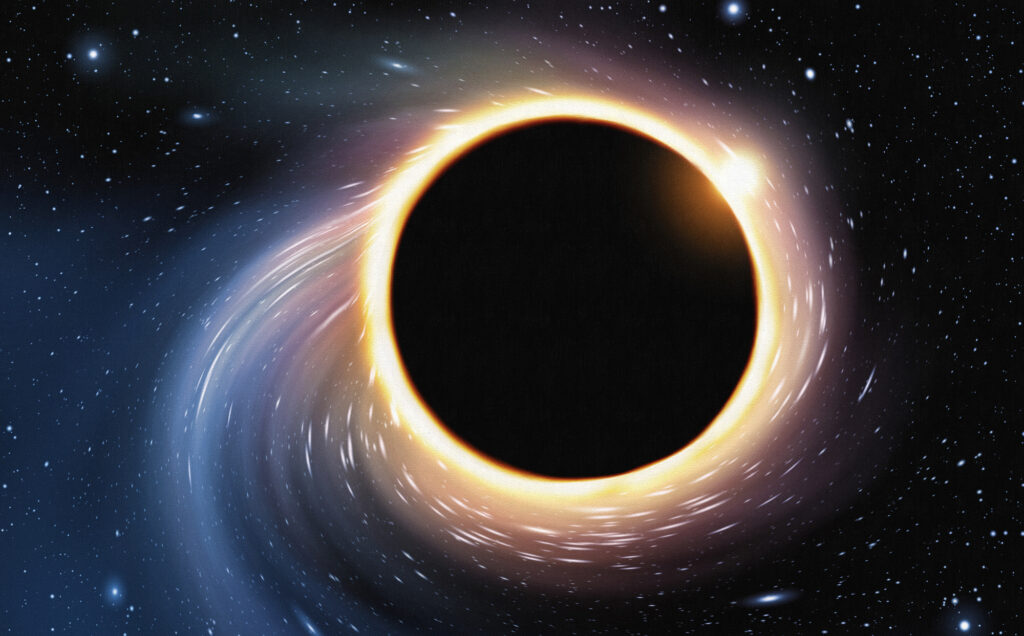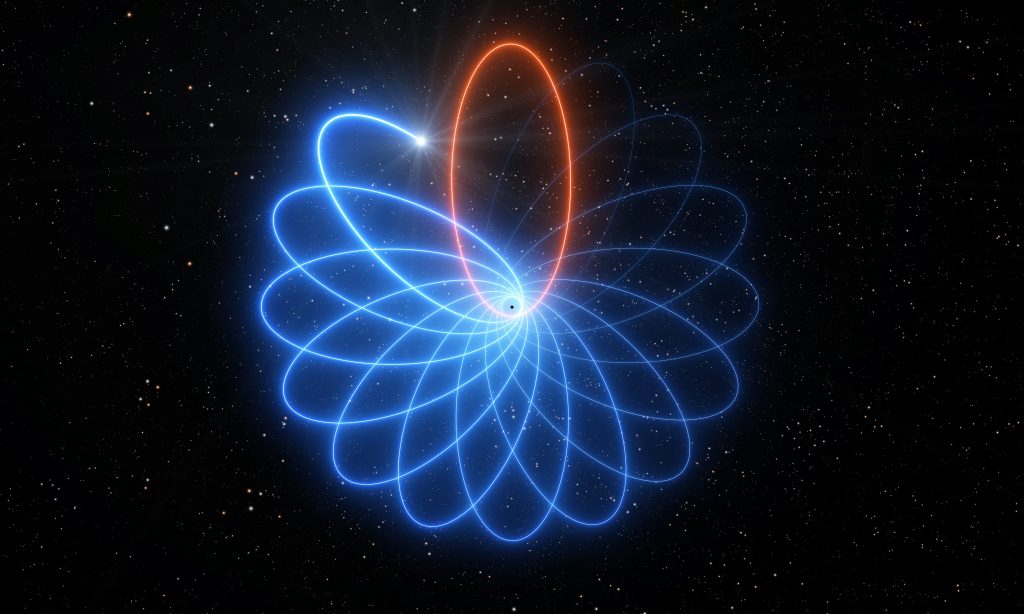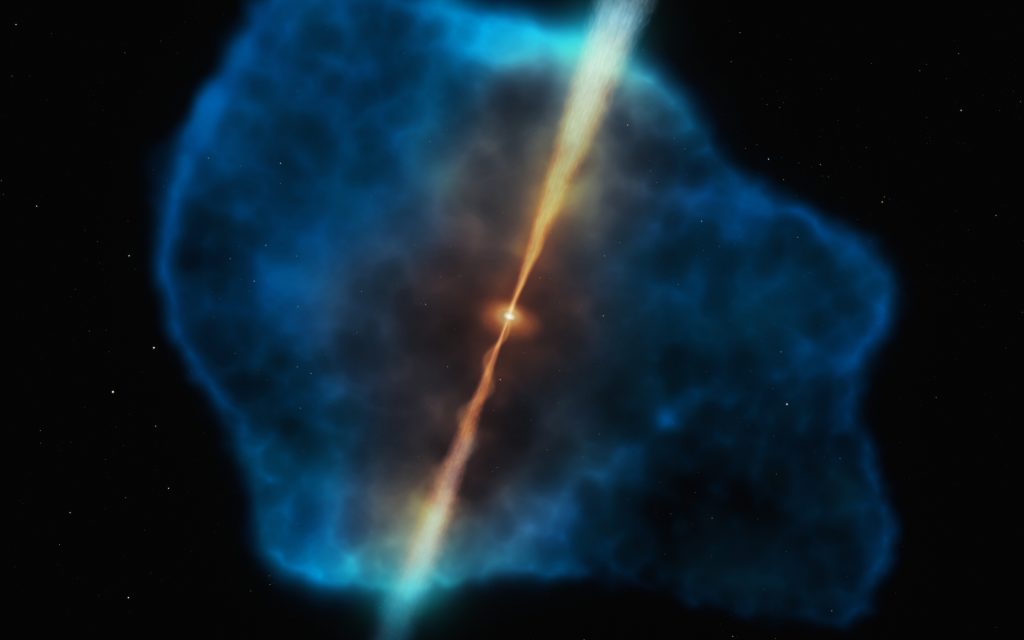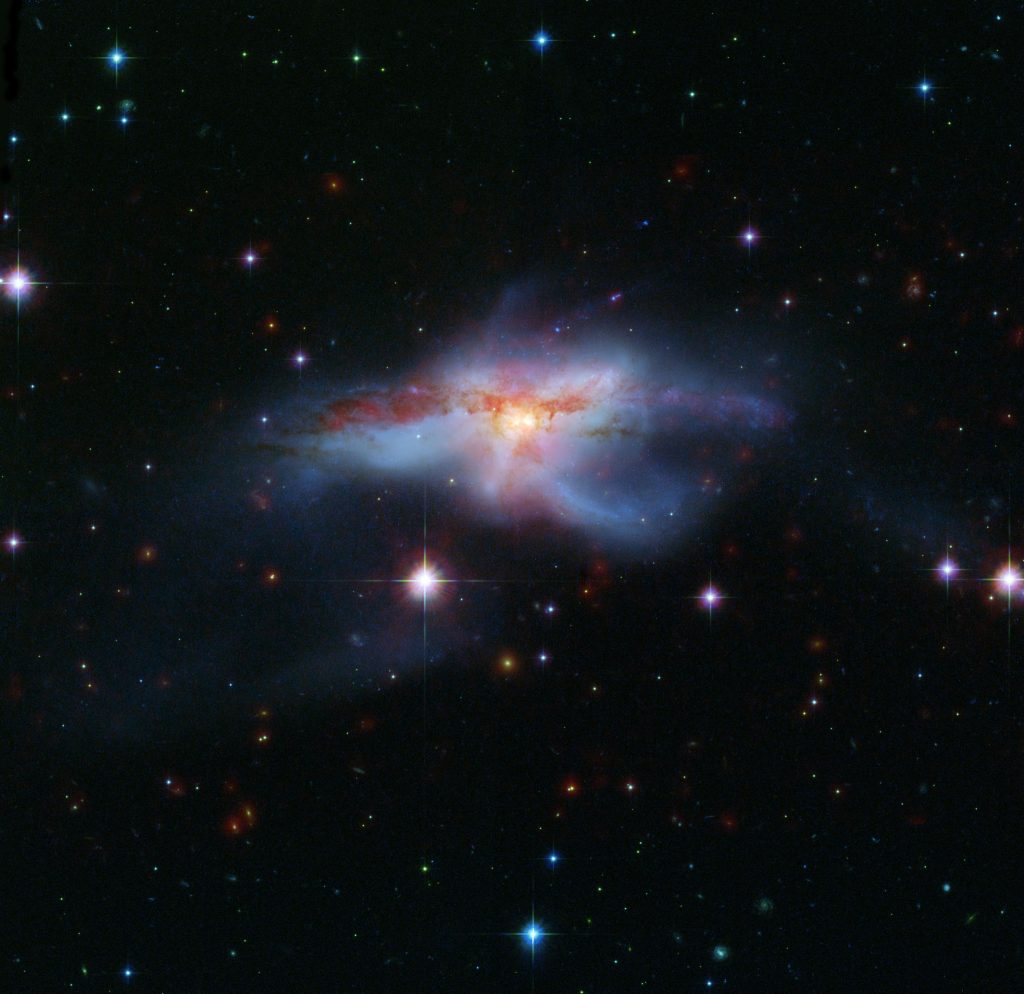Black holes reveal themselves in the X-ray spectrum
Black holes are the remnant of stars with more than eight solar masses. Everything we know points to their existence – the theory of relativity, cosmology, etc. And yet, only one supermassive black hole – with a mass of more than 6 billion solar masses – has been “photographed” to date with the help of surrounding radiation in the radio wavelength range. But stellar-mass black holes have not yet been seen. That’s why scientists are pleased that an international team of astrophysicists has now found distinct signatures of the event horizon of black holes that clearly distinguish them from…







